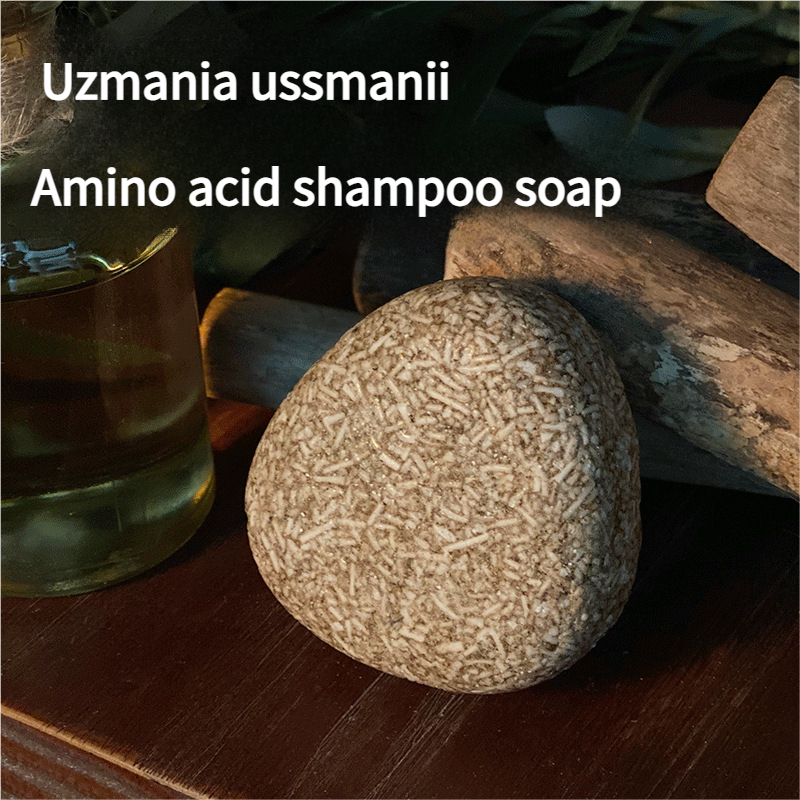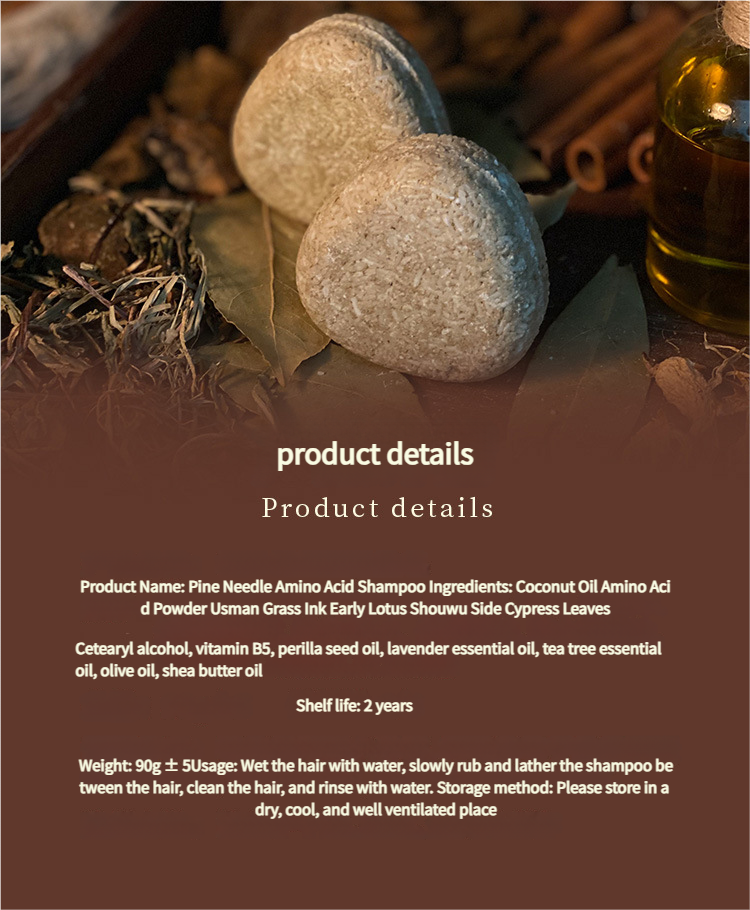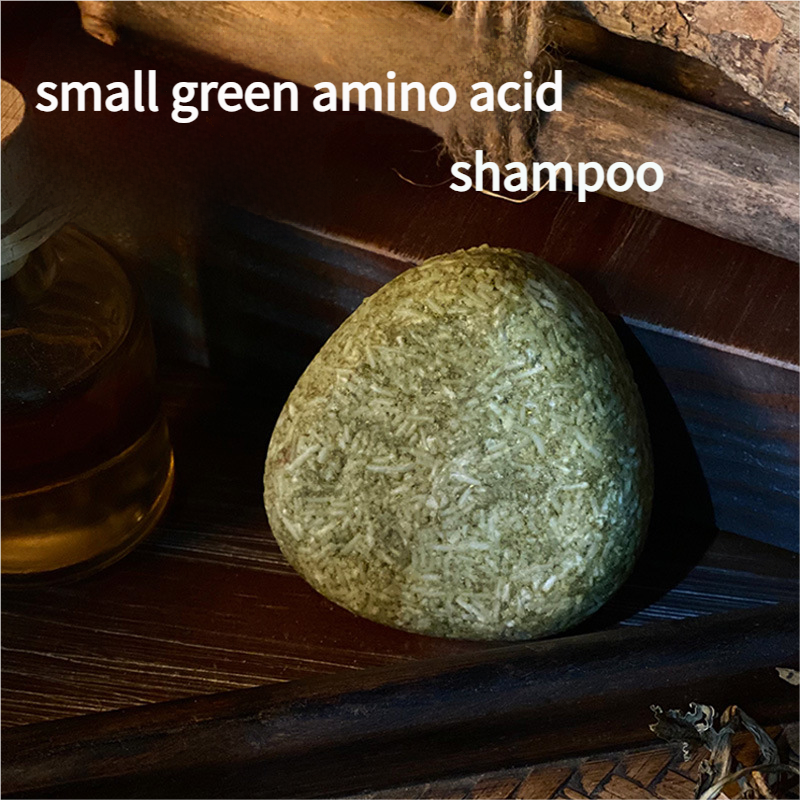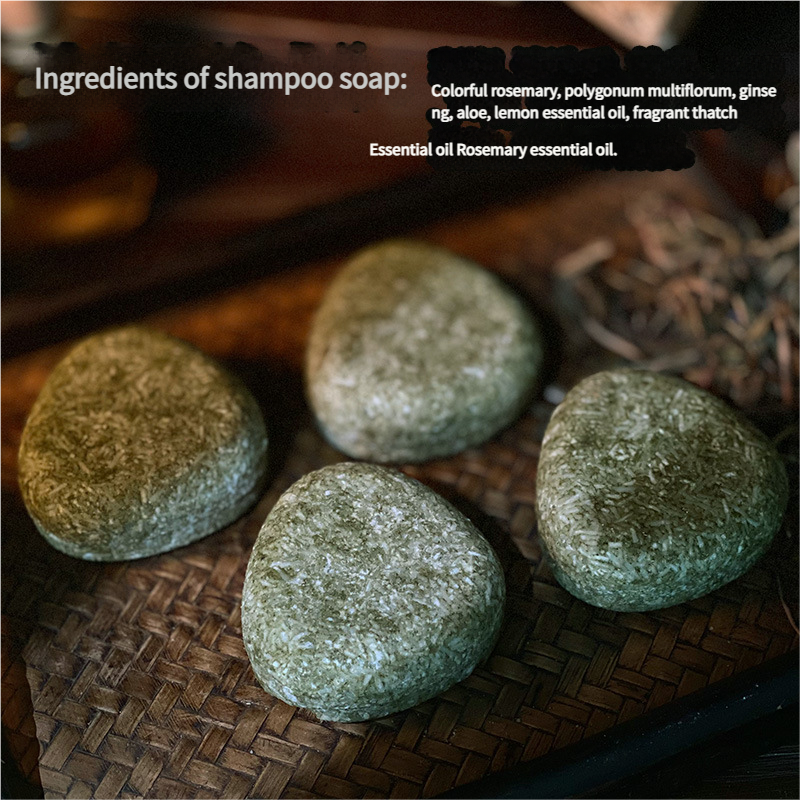Introduction
In today's quest for healthier skincare, amino acid soap has become a top choice for many due to its gentle, skin-friendly properties. Formulated with a weakly acidic pH close to that of human skin, it effectively cleanses while protecting the skin's natural moisture barrier, avoiding the tight and irritating sensation caused by traditional alkaline soaps. But with so many options on the market, how do you choose the right one for you? This guide will dive into the skincare needs of different skin types to provide you with a comprehensive amino acid soap selection guide.
1. Oily & Combination Skin: Fresh, Clean, and Shine-Free
Oily skin has overactive sebum production, often leading to enlarged pores, acne, and blackheads. When choosing an amino acid soap, you should focus on its cleansing and oil-control properties.
Key Selection Points:
Ingredients: Look for formulas containing oil-controlling and soothing ingredients like tea tree oil, witch hazel, and green tea extract. These help regulate oil production and have anti-inflammatory and antibacterial effects to reduce breakouts.
Texture: A product with a rich, fine lather is ideal, as it can deeply cleanse pores to remove excess oil and impurities, leaving your skin feeling refreshed but not tight.
Usage Advice: Focus your cleansing on the T-zone and chin, where oil production is highest, but avoid over-cleansing, which can stimulate your sebaceous glands to produce even more oil.
2. Dry & Normal Skin: Hydrating and Nourishing, Say Goodbye to Dryness
Dry skin lacks moisture and oil, and often feels tight or flaky after washing. Therefore, hydration is the top priority for this skin type.
Key Selection Points:
Ingredients: Prioritize amino acid soaps with added moisturizing and nourishing ingredients. Look for hyaluronic acid, glycerin, ceramides, oat extract, and jojoba seed oil. These ingredients help form a protective film on the skin after cleansing, reducing moisture loss and keeping your skin supple.
Texture: The texture should be gentle, with a soft, delicate lather. Your skin should feel soft and hydrated after washing, with no sensation of tightness.
Usage Advice: Use lukewarm water for cleansing and immediately follow up with moisturizing skincare steps like toner, serum, and moisturizer to lock in hydration.
3. Sensitive Skin: Gentle and Soothing, Steer Clear of Irritation
Sensitive skin has a thinner stratum corneum and reacts strongly to external irritants, often leading to redness and itching. When choosing an amino acid soap, "gentle and non-irritating" must be your top priority.
Key Selection Points:
Ingredients: Avoid any potentially irritating ingredients like fragrance, dyes, alcohol, harsh soaps, and strong preservatives. Look for formulas containing soothing and repairing ingredients such as Centella Asiatica extract, chamomile, and calendula.
Texture: The lather should be rich and creamy to reduce direct friction between your hands and your face. Your skin should not feel any stinging or look red after washing.
Usage Advice: Use a foaming net to create a dense lather and gently press it onto your skin instead of rubbing vigorously. Keep the cleansing time short, and rinse thoroughly.
Summary: How to Use Amino Acid Soap Correctly
No matter your skin type, using amino acid soap correctly will help it work its best.
Lather Up Thoroughly: Use a foaming net or your hands to create a rich, fine lather from the soap.
Massage Gently: Apply the foam to your face and use your fingertips to gently massage in circular motions for no more than one minute.
Rinse with Warm Water: Use lukewarm water to thoroughly rinse off the foam, ensuring no residue is left behind.
Moisturize Immediately: Follow up immediately with your regular skincare routine to replenish your skin's moisture and nutrients.
Conclusion
Choosing the right amino acid soap is the first step toward healthy skin. We hope this guide helps you better understand your skin's needs and find the perfect cleansing product to make your skincare journey more effective and enjoyable.










